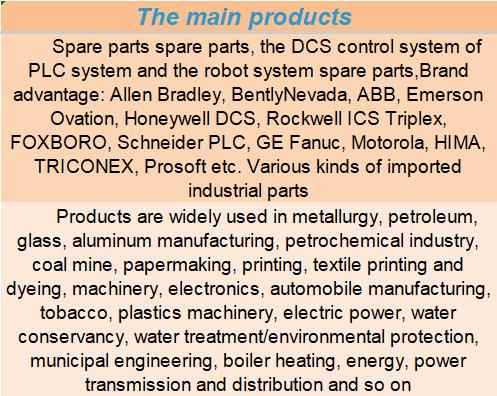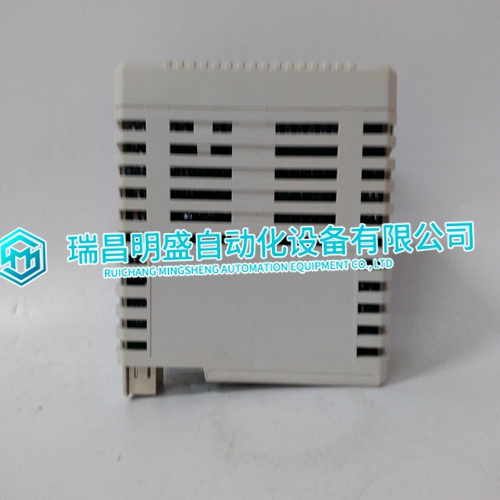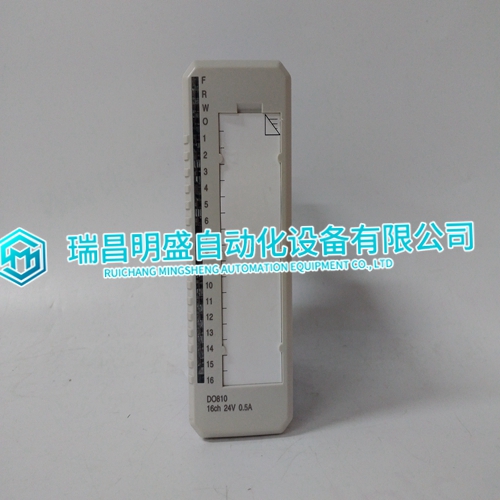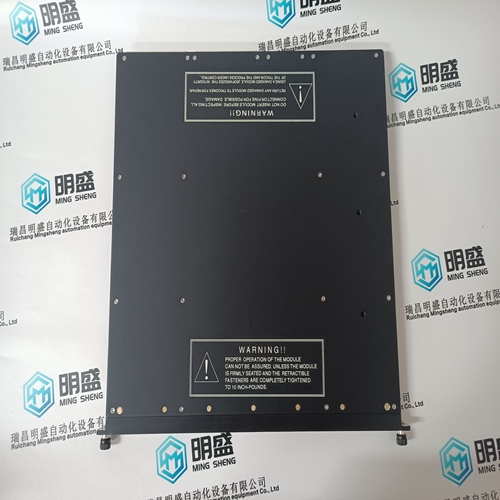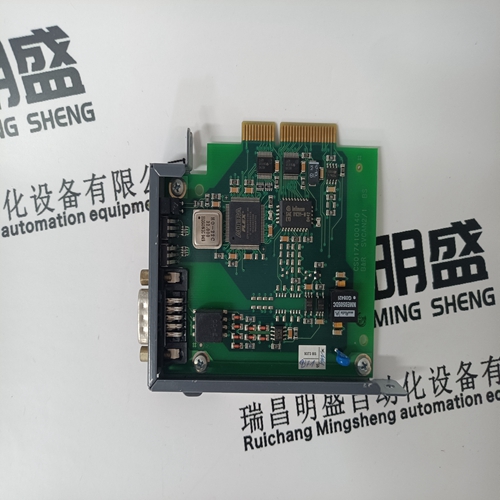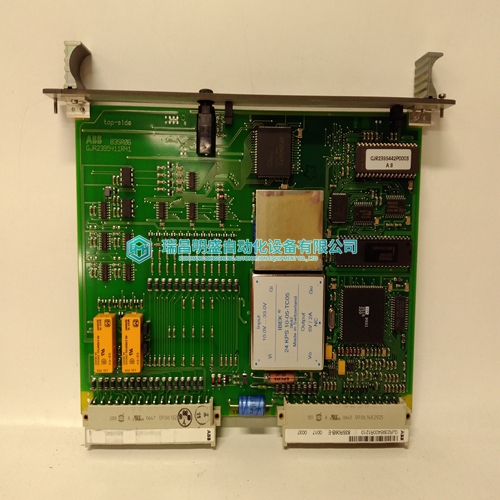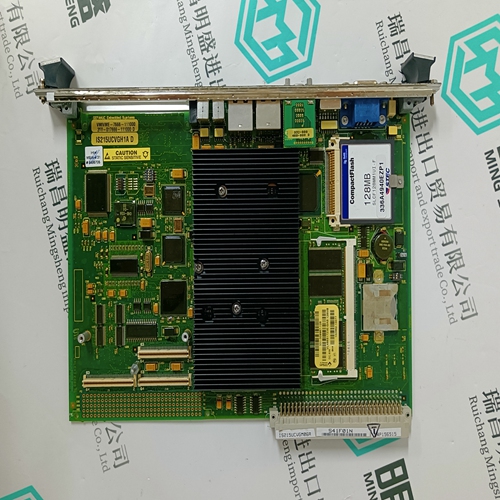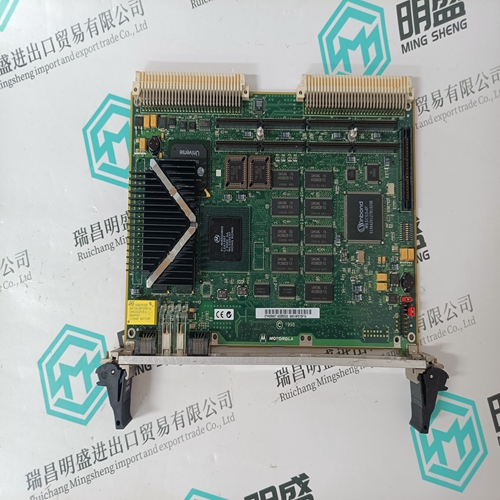Home > Product > DCS control system > DO810 3BSE008510R1 Control module
DO810 3BSE008510R1 Control module
- Product ID: DO810 3BSE008510R1
- Brand: ABB
- Place of origin: The Swiss
- Goods status: new/used
- Delivery date: stock
- The quality assurance period: 365 days
- Phone/WhatsApp/WeChat:+86 15270269218
- Email:stodcdcs@gmail.com
- Tags:DO8103BSE008510R1Control module
- Get the latest price:Click to consult
DO810 3BSE008510R1 Control module
When operating in Isoch mode, the EGCP-2 does not allow manual adjustment of the voltage, unless the Load Control set point in the Configuration tuning menu is set for “Droop”, or the VAR/PF Control Set Point in the Reactive Load Control tuning menu is set to “Disabled”. Using either of these settings implies that a manual voltage control will be used, and no automatic reactive load control functions are active.
It is highly recommended that the automatic reactive load control in the EGCP-2 be used for proper power conditioning throughout the generator(s) load range. This is achieved by setting the Load Control set point in the Configuration tuning menu to Normal, or Soft Transfer (depending on the application), and the VAR/PF Control set point in the Reactive Load Control tuning menu to VAR or PF control (depending on the application). For more details on these functions see the Real Load Control and Reactive Load Control sections of this manual.
The percent level of the voltage bias output
can be monitored in the I/O status screen of the EGCP-2. This is a useful point to monitor during initial start of the unit. By issuing Voltage Raise and Lower inputs to the control while operating in the Test Mode, confirmation of proper generator voltage levels at various voltage bias points can easily be made. Typically the generator voltage should change no more than ±10% for a ±100% voltage bias output from the EGCP-2. All other modes of generator set operation rely upon the Reactive Load Control functions of the EGCP-2. See the information in the “Reactive Load Control” section of the manual for more details on voltage and reactive load control.
Power Sensor Theory of Operation
The digital signal processing (DSP) power measurement technique used by the EGCP-2 control involves periodic sampling of the voltage and current over an integral number of waveforms. The microprocessor computes the product of the voltage and current samples, then sums and averages the products to give a computation of power.
